dragon76mom
New member
wow dude your tank is so unbelievably beautiful congrats on totm you definitely deserve it, wow,wow,wow im so jealous
<a href=showthread.php?s=&postid=15557431#post15557431 target=_blank>Originally posted</a> by johns
We didnt see pics of ur growout tank though u say it is tied to the main tank, can you please share some pics and explain how it is tied together !!
Actually there are just a couple of pictures of the growout tank in the article. But it may not be completely clear which ones they are, because the growout tank is not just set up with racks and frags like you might expect, but it's actually another shallow look-down tank with it's own rockwork, etc. Some (most) of the coral frags I had in there have grown into full colonies by now as well.
If you look down the article, a couple top-down shots of the growout tank are the 4th set of pics from the top, immediately below the pics of the full tank showing the cabinetry.
Gary Parr did take a few other shots of the growout tank. A few of them can be seen here:
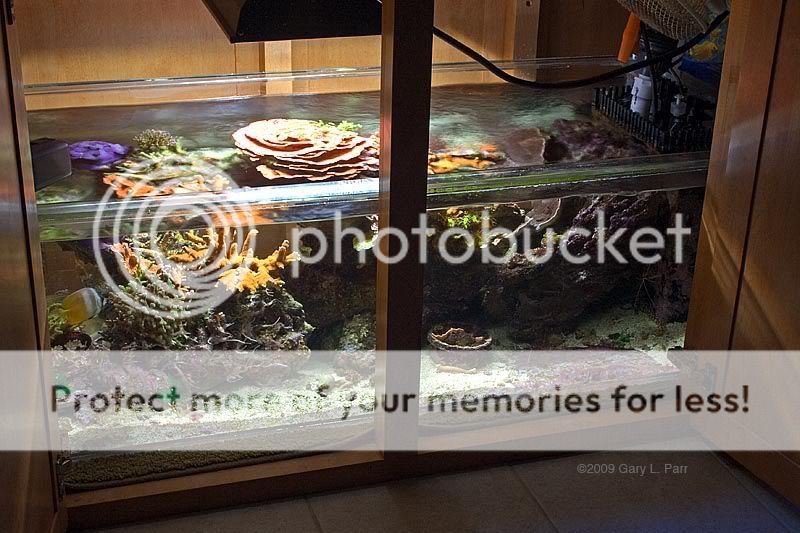
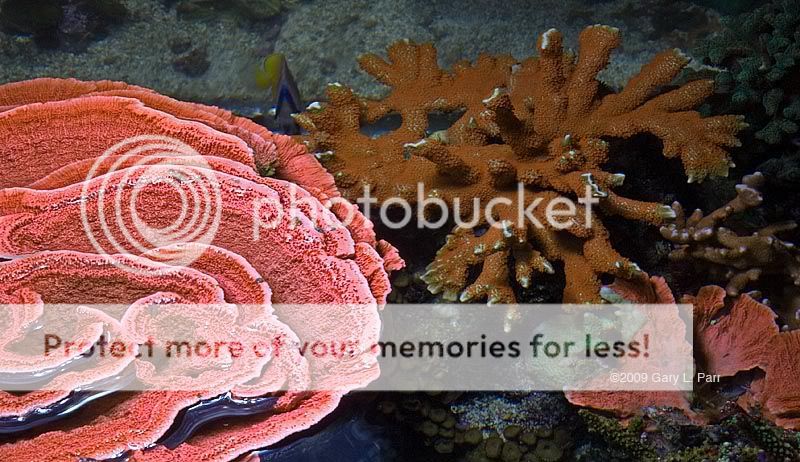
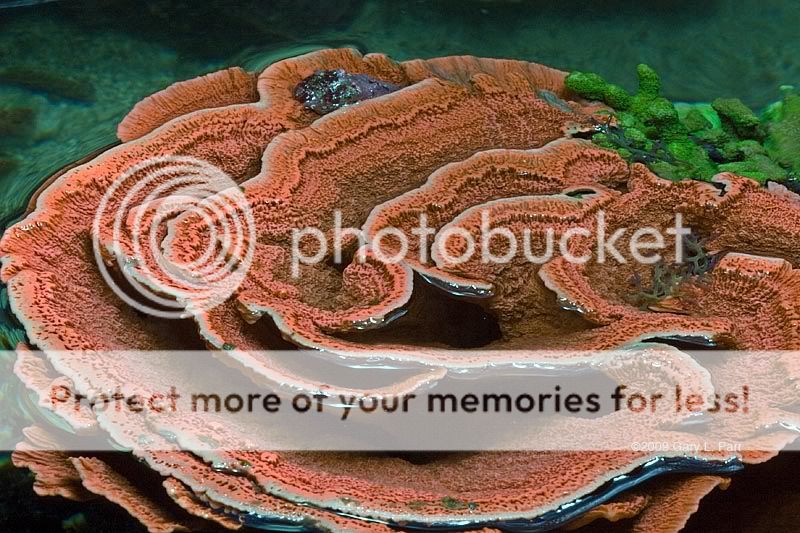
The way it was plumbed together is like this:
The sump tank sits behind and below the main display inside the back cabinet. The external overflow from the display drains directly down into this sump. The growout tank sits directly below the main display inside the stand. The sump and the growout tank were both drilled through their sides. They are connected together using 2-inch spa flex tubing, through a hole drilled into the cabinetry. There is an overflow box in the growout tank with a return pump placed inside of it to return water to the main display.
A couple more pics from when this tank was first put togther might help explain it:
Here is a shot of the sump which sits behind the main display. In the lower right of this pic you'll see the 2-inch spa flex line going through the cabinet (there are a few pvc pieces lying on top of it, for no good reason):

Here is the growout tank sitting below the main display. You can see the black overflow box and the spa flex line coming out of that. There is an eheim return pump inside of that overflow box that returns water back to the main display.
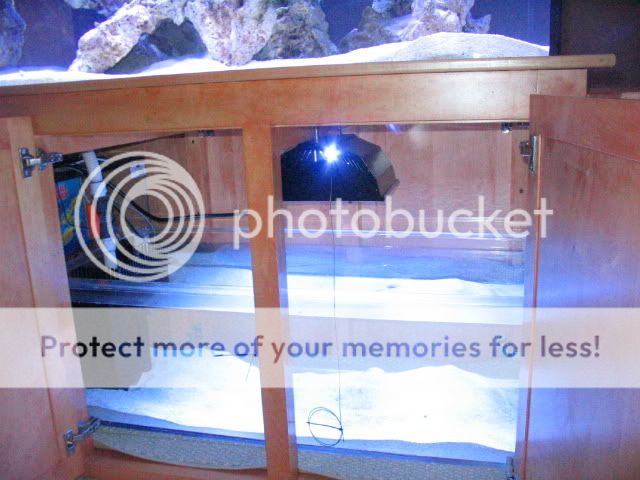
And a couple more views:
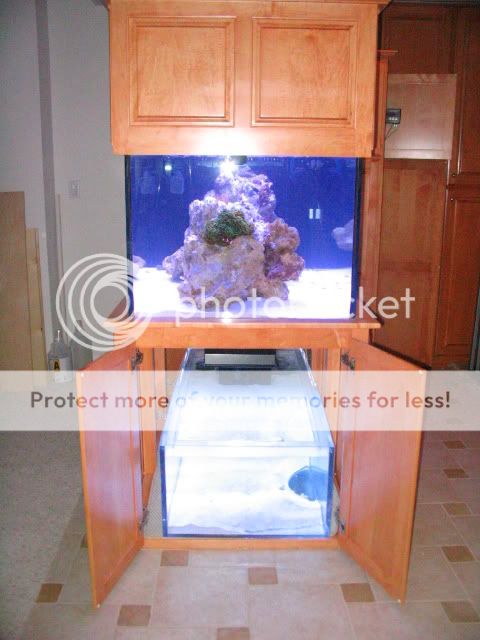
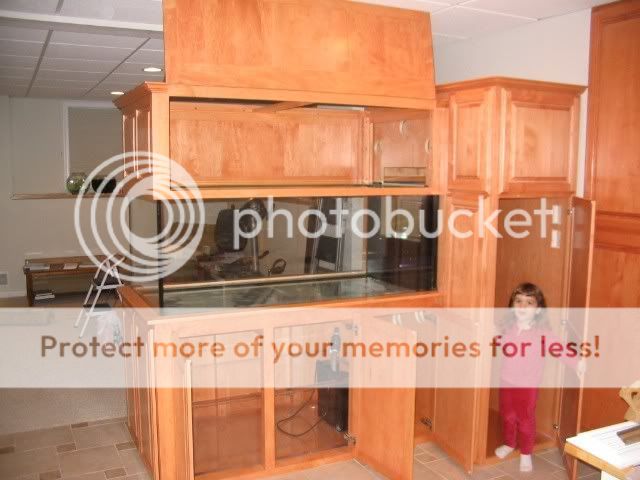
<a href=showthread.php?s=&postid=15515566#post15515566 target=_blank>Originally posted</a> by johns
There`s one thing i don't understand , the po4 number (0.3-0.7)ppm ?
Is this a typing error or is it really that high ?
Good catch, tntneon. Yup, that a typo. You should have been one of the editors! It should have read 0.03 to 0.07. Looks like a minor change, but it's big difference right!?
Sorry about that one.
How high above your tank are your lights mounted. We have a similar setup and I just need to know if my lights are too close to the water.. We are running 250 SE MH's about 8" above our water level. Thanks....and what a great TOTM.
John
